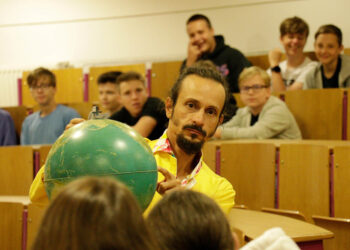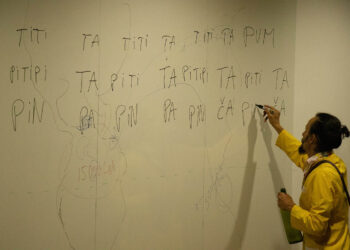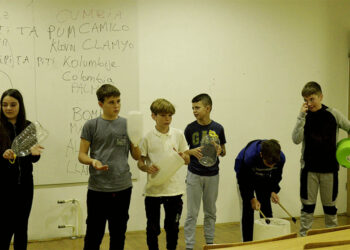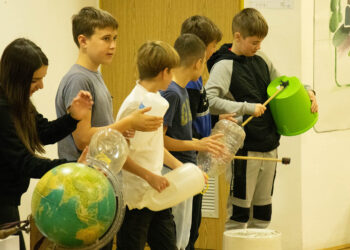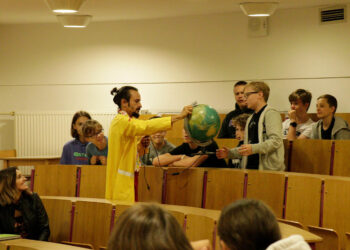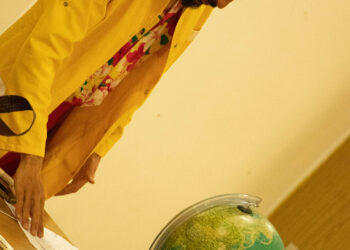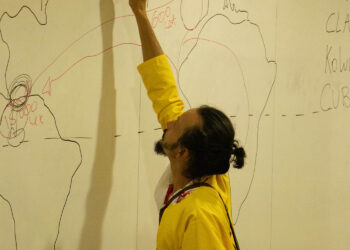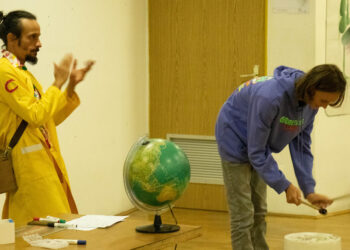About the project: Cumbia
Camilo conducted interactive workshops that allowed the pupils to experience and understand a part of Colombian culture through music. They learned how Colombian rhythms, such as “cumbia,” are a result of the indigenous, Spanish, and African cultures, reflecting the complex historical relationships between these groups in Colombia. This history is a rich tapestry of different cultures and traditions, which has been woven together over time through trade, colonization, and the movement of people. Cumbia is therefore a beautiful example of how cultures have influenced each other in many ways, including in music, which is a crucial part of Colombia’s cultural identity. By learning about how the “cumbia” rhythm was formed through this intersection of cultures, the pupils were able to gain a deeper understanding of the history and cultural heritage of Colombia. They learned how different cultures have shaped each other over time, and how this has resulted in the unique musical traditions that exist today in Colombia.
The pupils created rhythms using simple improvised instruments, as well as their hands and feet, and had a lot of fun while doing so. Camilo used clowning skills to teach pupils cumbia rhythm in a fun way, implemented interactive activities so they would learn more about Colombia and presented Colombia through the rhythm of cumbia. Pupils then created cumbia rhythm and music with recycled instruments and percussions.
This project was supported by APIS Institute, Slovenia.


